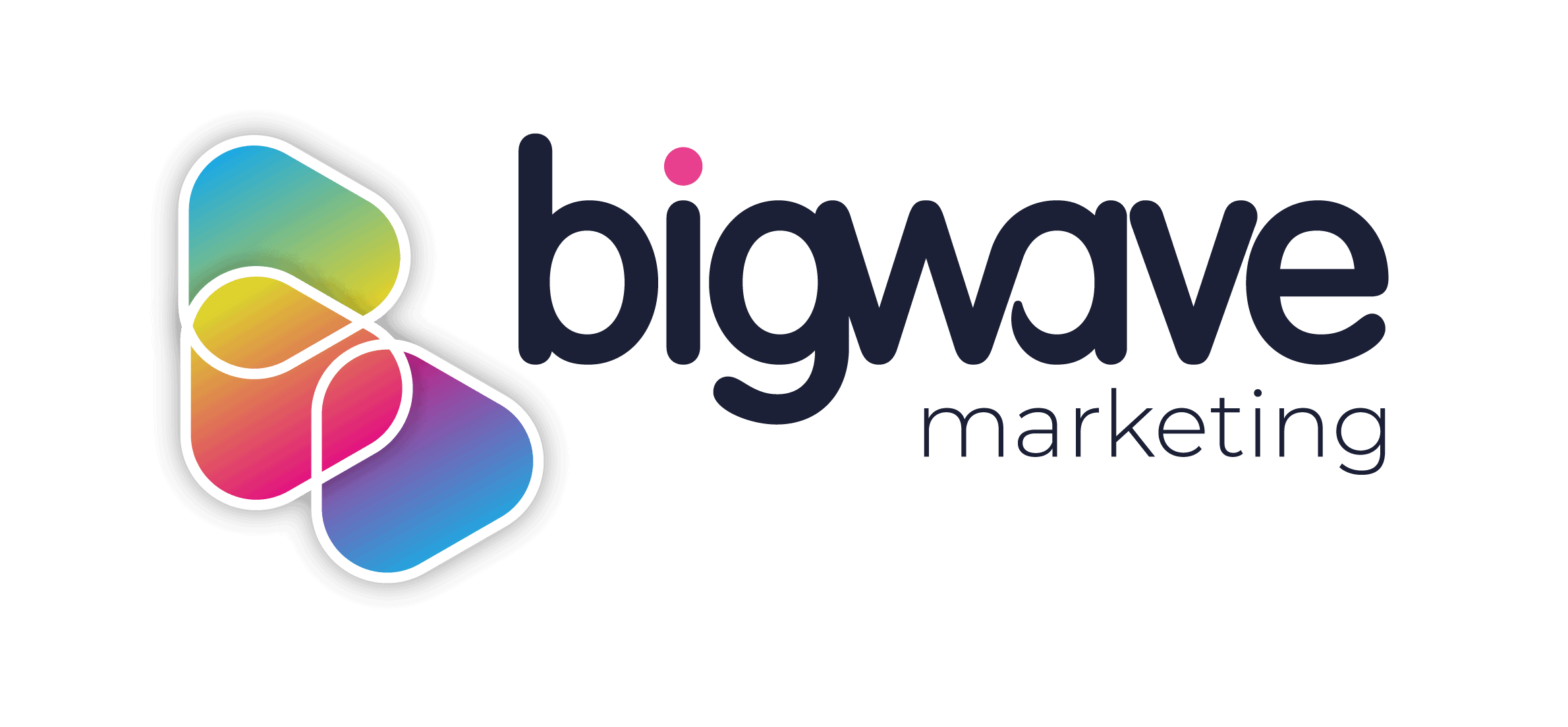Why make a HTML email?
It is much quicker to send a graphic of a flyer or poster in an email but there are a number of reasons not to do this. One of the main reasons for this comes from email clients not displaying images as a default. Should you send an email to a customer using a graphic as a promotion and they don’t have images turned on, they will not see the contents of the email. Although you still using images in an HTML email, you use real text where possible to make sure that if images are turned off, that the message still comes across and the user can decide to enable images.
What’s the process?
The best way to start the process of sending a HTML email is from the very first design. It is possible to slice up a flyer or poster into a HTML email but it isn’t advised. Most likely the text won’t be a web/email friendly font, it will most likely be on an angle (not possible in emails) and there will be several layers and background images that won’t display in all email clients/readers.
If a design is expected to be a HTML email too, then a new design needs to be completed. Many colours, elements and images of the design can be used but they are laid out in a way that will be email friendly. Therefore, the text will be created in the HTML and not made as a graphic and will only read as plain text if no images are turned on. Social Network icons can also be added as direct links to the relevant webpage. The email, which can be picked up in a preview window on phones and desktops, can also be forwarded to a friend, which increases your customer database.
How are they built?
HTML emails are built using a combination of HTML and CSS coding, at Bigwave Media this is done by our in-house email development or web team. They should be built using industry standards and tested to work across the majority of email clients/readers. Although emails are HTML, they are actually very different to modern day websites and are in fact more like webpages from the 90’s with a few modern tweaks. Most web coding will not work in an email.
When the build is completed at Bigwave Media, the files are uploaded into our own eMarketing system called eCampaigns and tests are sent to make sure the email will display correctly. Any issues are fixed and the test will be repeated.
How are they actually sent?
It is possible to send a HTML eflyer through a standard email client (like Outlook) although it can sometimes be a little complicated and throw up issues like having a cap on the number of recipient email addresses it can be sent to at any one time. Additionally you won’t receive any analytical data as to whether the email has been opened or if a link has been clicked.
The best way to send a campaign is through an eMarketing system. There are many on the market, at Bigwave Media ours is called eCampaigns. Systems like eCampaigns give you lots of possibilities like being able to segment your data, review rich analytics on the success of a campaign, keep tracking going even if an email gets shared on social media. The additional benefit of a system is that it is possible to have a HTML template built that allows you to create a new campaign eflyer or newsletter without any coding. You simply add your text and images and away you go. While we build templates for our own system we can also build templates for other systems so if you are using a third party system just get in touch.
When we complete a standalone HTML eflyer we then transfer it into the clients eCampaign account. If we build a template then we add a draft version for client testing. The client can then assign a certain database they would like to send the email to and it is then ready to send out immediately if required.
Like most systems, you have the ability to schedule an email to go out at a certain date and time. For example, you may want your customers to receive the email on their way to work in the morning, ensuring a more efficient opening and response rate.
For information on our eCampaigns system please visit our eCampaign page . For a standalone HTML eflyer quote please get in touch by calling 0845 643 2385 or visit our contact page.

